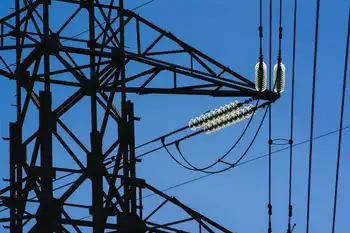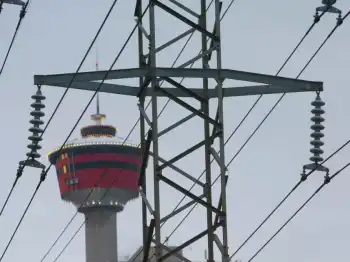Report: U.S. Solar Power Capacity Grows 17%
By GreenTech Media
Arc Flash Training CSA Z462 - Electrical Safety Essentials
Our customized live online or in‑person group training can be delivered to your staff at your location.

- Live Online
- 6 hours Instructor-led
- Group Training Available
The overall solar power production capacity reached about 8.78 gigawatts last year, up 17 percent from 2007, according to SEIA's year-in-review report. The new installations for 2008 included 342 megawatts of solar-panel systems, 139 megawatts (thermal equivalent) of water heaters, 762 megawatts of pool heating (thermal equivalent) systems and 21 megawatts (thermal equivalent) of space heating and cooling equipment.
No commercial concentrating solar-thermal power projects came online last year, the SEIA said. Building a solar-thermal power plant requires a lengthier permitting process, and each project tends to be large in size and located in sparsely populated areas. Solar-thermal companies say they can deliver lots of power cheaply, a claim that has led to many utilities signing deals to buy electricity from power plant developers. SEIA said more than 6 gigawatts of solar-thermal power projects are currently under development, particularly in the Southwest.
A solar thermal power plant uses a field of mirrors to concentrate and direct the sunlight to heat up water and generate steam, which is then fed to a turbine to produce electricity.
Ausra, a Silicon Valley startup, opened a 5-megawatt demonstration plant in California last year as part of its efforts to eventually build a 177-megawatt solar thermal power plant. Ausra has since changed its business plan to focus on selling equipment for building solar-thermal power plants, though it said it would complete the 177-megawatt project.
The SEIA looked at solar-panel installations by state and found that California led the country in installing 178.6 megawatts of new systems in 2008, followed by New Jersey with 22.5 megawatts and Colorado with 21.6 megawatts.
The United States boosted its domestic solar cell production as well. Citing numbers from GTM Research, SEIA said solar cell production grew 53 percent to an estimated 414 megawatts in 2008 from 271 megawatts in 2007. The manufacturing capacity also expanded by 65 percent to reach an estimated 685 megawatts in 2008 from 415 megawatts in 2007.
Installation of new solar water heaters grew by 50 percent in 2008 to reach 139 megawatts, the SEIA said. Sunny Hawaii led the country in this category, thanks partly to the high electricity rates for those island residents. In 2008, 37 percent of the new solar water heaters were set to work in Hawaii, followed by 20 percent for Florida and 7 percent for California. Overall, about 25,500 new solar water heaters were put to use last year, the SEIA said. But the country isn't as crazy about those heaters as China – one in 10 homes has one.
The solar-pool heating sector, meanwhile, saw a decline last year. Shipment of heating equipment dropped 3 percent from 785 megawatts in 2007 to 762 megawatts in 2008.











